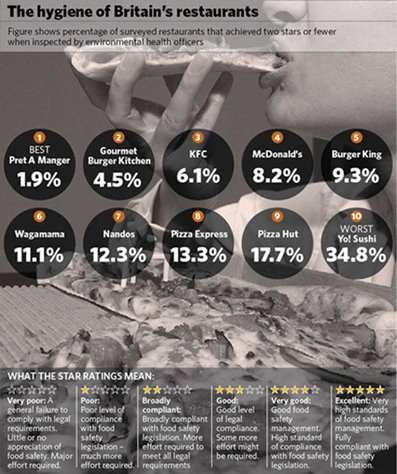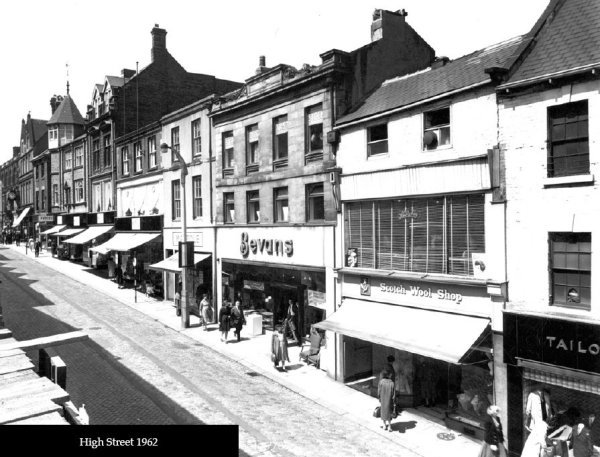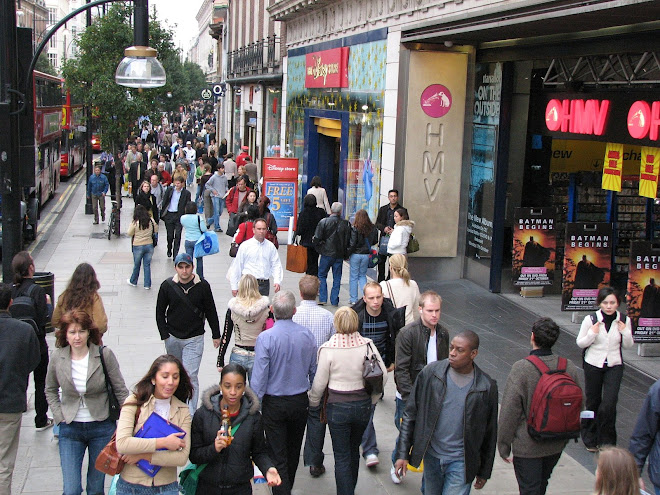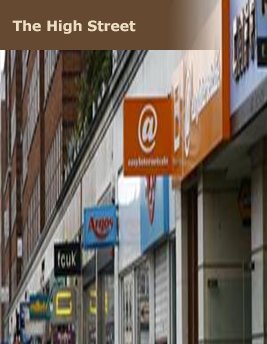Beyond the shocking-pink front door, the tearoom is festooned with an eclectic mix of British-themed paraphernalia. Artefacts from the days of the empire compete for space with posters of Bet Lynch and framed news cuttings about the death of the Queen Mother. A dapper man in a tweed three-piece suit sits alone in the corner, slowly working his way through a "Princess Diana" – a collection of pastries served on a cake stand so ornate it would put Claridge's to shame.
It's a highly unusual establishment of the British-eccentric variety. And in that way, not unlike all the other quirky independent shops on and around St James's Street, Brighton – with one very recent and notable exception: Starbucks.
The opening of Starbucks in a former St James's Street bookstore last month has provoked a strong backlash as the world's biggest chain of coffee shops is accused of showing a disregard for local planning law. A Facebook group opposed to the branch has attracted nearly 1,500 members, and protests have been held outside the store every Saturday for the past three weeks. "Starbucks – boo! You shouldn't be there!" yelled a passer-by at the store last week. "What you're doing is illegal!" cried another.
However, Starbucks is acting perfectly within the law. When the coffee company applied for consent to transform the former retail shop into a café, it was rejected on the grounds that the council wanted to preserve a healthy mix of businesses. But Starbucks opened regardless – and, in what Brighton & Hove City Council describes as a "grey area" in the law, is entitled to continue trading.
This grey area is a legal loophole whereby if the status of a store is unclear under planning law, catering outlets can open in former retail premises without obtaining a change in classification. It is a loophole that Starbucks is exploiting up and down the country, with branches in Pinner, Headington, Reigate and Cobham.
Naturally, the chain doesn't see it this way. "It is incredibly important to us at Starbucks that we are respectful and sensitive to each community where we operate," states Phil Broad, managing director of Starbucks Coffee Company in the UK and Ireland.
The conglomerate now has 11,434 outlets in America. So far in Britain there are 650, making it the second biggest coffee chain in the country after Costa, which has 700. Yet the exponential spread of Starbucks seems indomitable – and just a little frightening.
The first Starbucks – Starbucks Coffee, Tea and Spice – was opened in Seattle's Pike Place Market in 1971 by two hippie teachers and a writer. In 1987, they sold the company to Howard Schultz, a former employee who immediately set the company on a course of aggressive expansion.
During the Clinton era, Starbucks became one of the most successful brands in history, forever associated with the white, aspirational, college-graduate lifestyle promoted by the sitcom Friends. But a declining brand, soaring commodity costs and America's general economic malaise has meant that the US has fallen out of love with Starbucks, almost as quickly as it became besotted with it. In the past year, shares have almost halved.
Taylor Clark, author of Starbucked: a Double Tall Tale of Caffeine, Commerce and Culture, puts Starbucks' predicament in the US down to a corruption of the brand. "Starbucks stopped seeing itself as a chichi coffee house and started seeing itself as a massive chain, opening Starbucks drive-throughs and hiring people like Jim Donald, a former Walmart executive, as CEO," he explains. "He's left now, and Schultz is trying desperately to reinstate the exclusivity of the brand. But whether it will work or not is uncertain."
Recent attempts to bolster the brand have included a somewhat botched attempt to change the logo (there was some controversy over using a naked mermaid), and a rather desperate-sounding alteration to the height of the espresso machines to enable baristas to maintain eye-contact with customers.
More worryingly, the conglomerate is continuing its use of a business practice known as "cannibalising", whereby new stores are opened in close proximity to existing branches. The intention of this is that sister stores will compete with and feed on one another before achieving total domination. Needless to say, in the face of such aggressive strategy, independent stores are forced out.
While researching his book, Clark spoke to a former Starbucks real-estate deal-maker, who found a staggering 900 North American retail sites for the company in just over a decade.
"It was sort of piranha-like," she recalled. "I was just talking to landlords, seeing who was behind on their rent. All I needed was an opening where the landlord wanted out. I was looking for tenants who were weak." It is a strategy that runs counter to Starbucks' carefully cultivated cuddly and congenial image, but it has proved very effective.
Having saturated the US market, Howard Schultz is even more determined to continue the roll-out of stores in the UK, with an extra 100 outlets planned by the end of the year. Some protesters have proved that it doesn't have to be that way – in 2002, for instance, residents in Primrose Hill, London, managed to stop a branch from opening – but on the whole, the march of the behemoth seems unstoppable.
The main problem the protesters face is that, while people may hate the business, they love the product. Before Starbucks, it was hard to find a drinkable cup of coffee in Britain. And although caffeine connoisseurs may sneer at the "coffee-flavoured milk" so beloved of the brand, it's clearly what most buyers want. And it's not just the coffee the customers like, but the whole Starbucks "experience".
Starbucks pioneered the idea of the "third space": the extra place people frequent after home and work. In an attempt to make Starbucks a "home away from home", the café section of the store is often outfitted with comfortable chairs in soft, muted colours and has free electricity outlets for use by customers. Many branches also have wireless internet access, provided on a charge basis by T-Mobile and AT&T.
It's a marketing ploy that has proved irresistible to customers even if they morally object to the store's tactics and ubiquity, and the fact that many Starbucks are occupying a space where independent stores once thrived.
Brighton flight attendant Simon Livingston, 36, sums up the situation neatly. "The way Starbucks is behaving is analogous to George Bush's foreign policy and I hate it. But I'm shallow; we all are. The problem is that you just can't get a soya chocca mocha latte around here except at Starbucks. So I go there."
But Mike Dalley, owner of quirky card shop Cardome on St James's Street, Brighton disagrees. "It's quite simple," he says sadly. "The much-vaunted 'Starbucks experience' is the very undoing of independent businesses. It's wrong and it must be stopped.
Sourced from The Telegraph






No comments:
Post a Comment